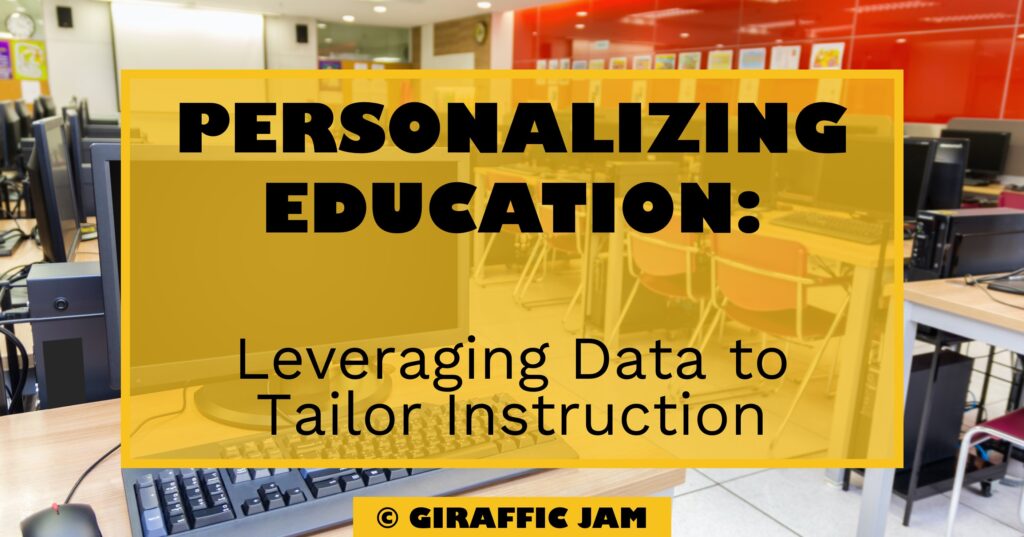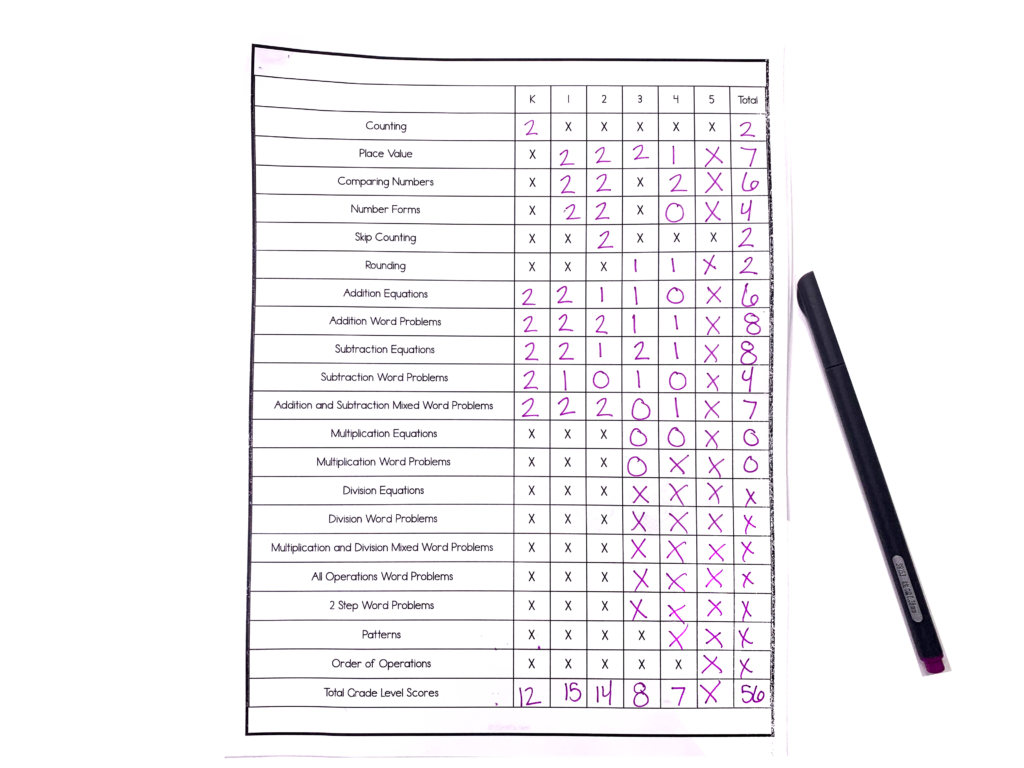
Using data in the classroom doesn’t have to be challenging. For elementary teachers, data isn’t just a series of numbers or scores. It’s a tool—a means to understand, adapt, and improve both teaching methods and student learning experiences. However, knowing how to efficiently collect, analyze, and use this data can be challenging. Let’s delve into the world of classroom data for elementary educators.
The right timing for data collection can greatly influence its effectiveness. At the start of the school year, collecting baseline data offers insights into students’ initial knowledge and skill levels, setting the stage for the learning journey ahead. As the year progresses, continuous data collection during instruction becomes crucial. It monitors real-time progress and provides feedback on teaching methodologies. The end of units or terms calls for summative data collection, painting a picture of overall student achievements and understanding. Moreover, don’t overlook special events. Data collected after unique educational experiences like field trips or guest lectures can provide invaluable insights into their impact.
There’s a plethora of ways to gather data in the classroom. Observations stand as one of the most straightforward and effective methods, where a teacher’s keen eye on students’ behaviors and interactions can yield rich insights. Formative assessments, such as regular quizzes or polls, shed light on students’ immediate grasp of the content. In contrast, summative assessments like end-of-unit tests offer a broader view of students’ understanding. Encouraging student reflections also proves invaluable. Their feedback and self-assessments provide a unique perspective on the learning process.
Data becomes even more powerful when shared. Regularly updating students about their progress fosters a sense of ownership over their learning journey. Keeping parents in the loop, be it through conferences, report cards, or updates, ensures a collaborative approach to education. Moreover, sharing insights and strategies with colleagues can lead to a collective enhancement of teaching methods across the board.

“This resource has been an amazing way to begin the year and get a glimpse of where my students are on so many different skills. I have a better understanding of what they need to work on going forward and have a way to gauge how they progress.”
-Jamie C.
For elementary educators, data isn’t just about raw numbers; it’s about shaping a more enriching learning environment. By understanding when and how to collect data, utilizing the right tools, and sharing insights, teachers can truly harness the power of data. The goal is always the same: enhancing the educational journey for every student.